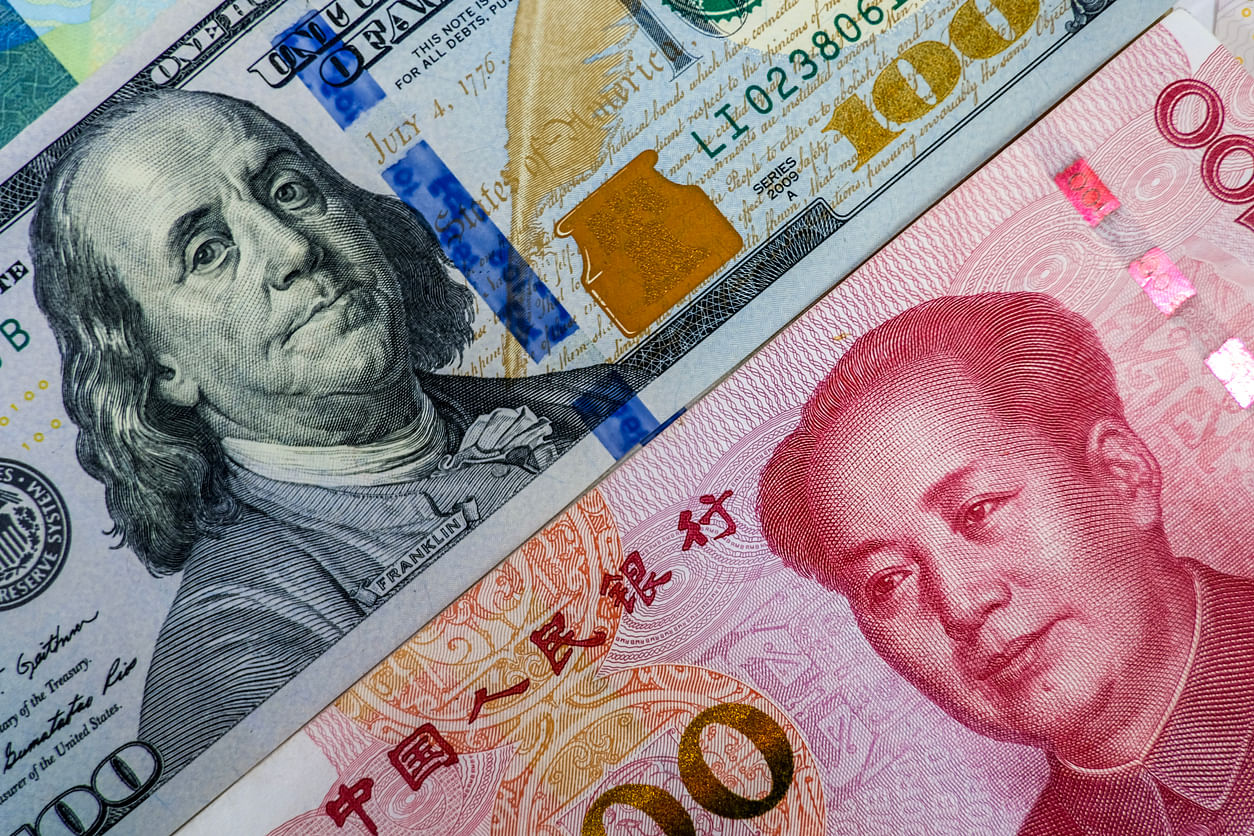
China and the United States recently concluded their ‘phase one’ trade deal, a seeming rapprochement that has given hope to the global market that the world will soon experience normal trade relations. The negotiations between the two major powers tried to brush off many uncertainties about world trade but as the fine print of the text of the agreement suggests, China is in a disadvantageous position.
The United States, with its numero uno position in international trade and its economic prowess and diplomatic mastery, has been able to draft the agreement in such a way that over the next couple of years, it will be able to export more to China. According to the formulation, China needs to increase its imports from the US by $200 billion. China has to adopt more reforms to open up its economy, especially in the areas of financial services. The US’ accusation that China is a heavy violator of intellectual property rights resurfaced in the negotiation process and Washington exerted pressure to reiterate that it’s extremely important to strengthen protection of intellectual property rights if both countries, and the world, are to see trade volumes return in the years to come. Similarly, other aspects were emphasized such as getting rid of technology transfer and increasing and maintaining transparency over currency policy.
The US will cut tariffs imposed in 2019 by half, while keeping those imposed in 2018 at the same level. The deal is intended to open up the Chinese markets to more American companies, increase farm and energy exports and provide greater protection for American technology and trade secrets. It was only China’s commitment to buying an additional $200 billion worth of American goods and services by 2021 and to ease some of the tariffs it has placed on American products that ensured a deal between the two countries, marking an end, at least for now, to Beijing’s potentially damaging fight against the world’s top economy.
While the US did get an upper hand in the deal, however, the benefits to China emanating out of this deal cannot be completely ignored. On the policy front, China is gearing up to liberalize its economy further, which will help China to a great extent when Asean and other emerging powers demand more transparency in the Chinese system. To aid such a liberalization drive, it has adopted a new law for liberalizing FDI, banning forced technological transfers and allowing wholly foreign-owned financial institutions to operate in the country.
It is important to note that China buying more US goods will deepen the economic ties between the two largest economies. American voices calling for a decoupling with China are growing louder, but China’s new purchases from the US will strengthen integration of the two economies in two ways. One is obviously due to the additional purchases themselves. If the target is reached, China’s imports from the US will almost double, and if China’s exports to the US stay the same, the US will be able in time to eliminate the trade deficit with China.
Secondly, what matters is how the new imports commitments are fulfilled. While China can create ways to increase its imports from the US, including diverting some imports from other countries, there is a question as to whether the US will be able to increase its exports by $200 billion in a short period of time. What products of the US would then have export competitiveness? Soybean, civil aircraft, semiconductors, passenger vehicles, aluminium are still in great demand and they need to be pushed hard to China, as Beijing looks to Taiwan and the Asean region as cheaper sources of imports. The US economy is now experiencing full employment; except in agriculture, there is not much slack in the economy. This is the time that it can enrich its productivity through economies of scale to obtain export advantage.
Importing more US products will be beneficial for the welfare of the Chinese people. Long prevalence of high tariffs has resulted in a large wedge between consumer prices in China and those in the United States. In addition, the blame imposed on China because of huge carbon emission is also negatively affecting its global image. To fulfil its carbon emissions commitment, and also to increase people’s living standards, it is essential that China cuts the share of coal in its energy mix and increases clean energy sources, including natural gas. Importing more gas from the US will help fulfil that goal.
In a larger framework, both countries have some responsibility towards maintaining free and fair trade, as espoused by the WTO. The two countries should treat this phase as an opportunity to shape rules that the WTO can propagate for tension-free trade. China may take more initiatives to establish itself as a rule-maker and set realistic and workable rules and regulations in a post-globalized world.
(The writer is Professor, LBSIM, and former Senior Faculty, IIFT Delhi)